 By Luna Watkins
By Luna Watkins Why Maintenance and Support Are Vital in Website Design & Development
Hey there, fellow internet wanderers! Today, let’s chat about something that might not be as flashy as the latest design trends or cutting-edge development techniques, but it’s the unsung hero of the digital realm: Maintenance and Support in Website Design and Development.
Picture this: You’ve got a shiny new website, beautifully crafted by a top-notch website design company in the USA. It’s sleek, it’s functional, and it’s everything you dreamed of. But wait, what happens next? Many folks think that once a website is live, the work is done. Well, not quite.
Here’s the deal: Your website is like a living, breathing entity on the vast landscape of the internet. It needs care, attention, and, most importantly, maintenance to keep it running smoothly and securely. Let’s dive into why maintenance and support are the unsung heroes of website design and development.
Keeping the Lights On
Imagine your website as a house. Without regular maintenance, things start to wear out, break down, or become outdated. The same goes for websites. Regular maintenance ensures that everything is up to date, from software updates to security patches. This not only keeps your website running smoothly but also protects it from potential security threats.
Bug Squashing and Performance Boosting
Even the most meticulously designed websites can encounter bugs or performance issues. That’s where ongoing support comes into play. A reliable website development company in the USA will offer support services to address any glitches, bugs, or performance issues that may arise post-launch. This ensures that your website continues to deliver a seamless user experience, keeping visitors happy and engaged.
Adaptation and Evolution
The digital landscape is constantly evolving, with new technologies, trends, and user behaviors emerging all the time. Your website needs to adapt and evolve along with it. Maintenance and support services enable you to incorporate new features, functionalities, and design elements to keep your website relevant and competitive in the ever-changing online world.
Search Engine Love
Ah, search engines—the gatekeepers of the internet. A well-maintained website is more likely to rank higher in search engine results pages (SERPs) than one that’s neglected. Regular updates, fresh content, and optimized performance signals to search engines that your website is active, relevant, and trustworthy, ultimately improving its visibility and driving organic traffic.
Protecting Your Digital Investment
Your website is more than just a digital storefront—it’s an investment in your brand, your business, and your online presence. Regular maintenance and support help protect that investment by ensuring that your website remains secure, functional, and aligned with your business goals. Think of it as an insurance policy for your digital assets.
Customer Satisfaction and Retention
In today’s hyper-competitive digital landscape, user experience is everything. A poorly maintained website can frustrate visitors, drive them away, and damage your brand reputation. On the flip side, a well-maintained website delights users with fast load times, intuitive navigation, and up-to-date content, fostering trust, loyalty, and repeat business.
Conclusion: Why It Matters
So, there you have it—maintenance and support are the unsung heroes of website design and development. They ensure that your website remains secure, functional, and competitive in the ever-evolving digital landscape. Whether you’re a small business owner, a large corporation, or somewhere in between, investing in ongoing maintenance and support is essential to maximizing the ROI of your website and staying ahead of the curve.
Remember, your website is the digital face of your brand—it deserves the same level of care and attention as any other aspect of your business. So, don’t overlook the importance of maintenance and support. Your website—and your bottom line—will thank you for it!
And if you’re on the lookout for a top-notch website development company in the USA that offers comprehensive maintenance and support services, look no further. Reach out to YES IT Labs, and let’s take your digital presence to the next level together!
Tags: Website Design, Website Design company, website development, website development company, website development company in usaLatest Resources
ChatGPT and DeepSeek: Which AI Tool Delivers Better User Experience?
January 29, 2025
Top Frameworks for Cross-Platform App Development in 2025
January 22, 2025
A Guide to Types of Artificial Intelligence (AI)
January 14, 2025
Key Benefits of React Native App Development
January 7, 2025
Leveraging AI in Startup Software Development: Trends and Tips
December 30, 2024





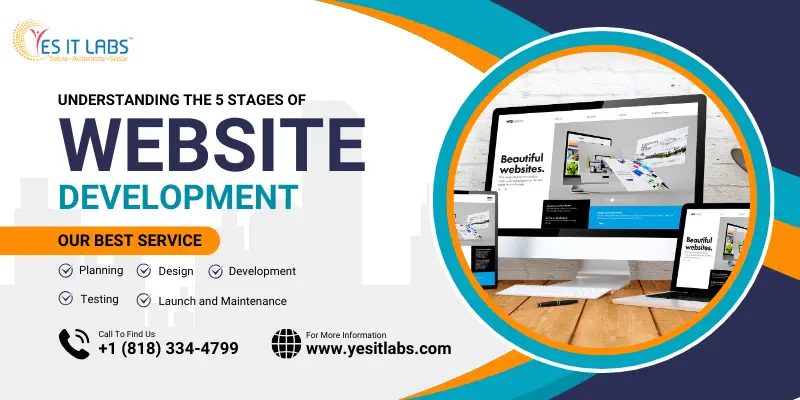
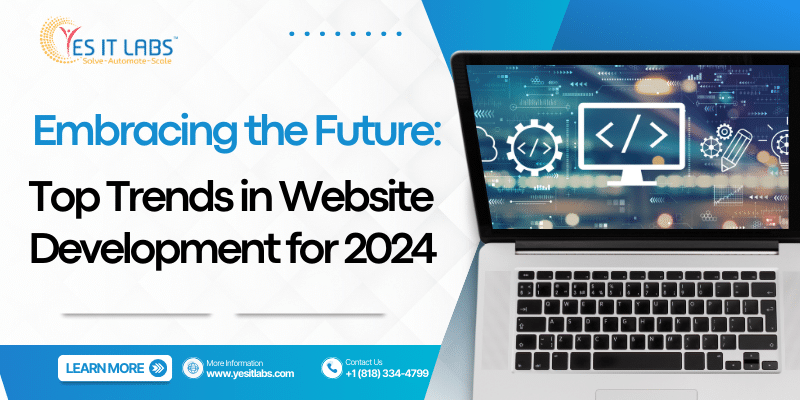
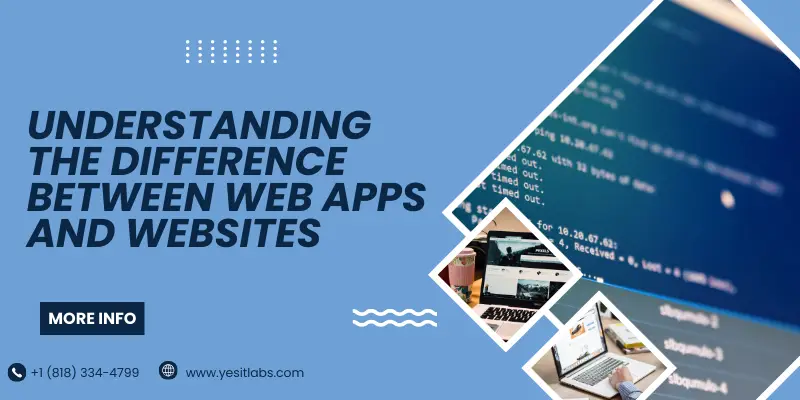

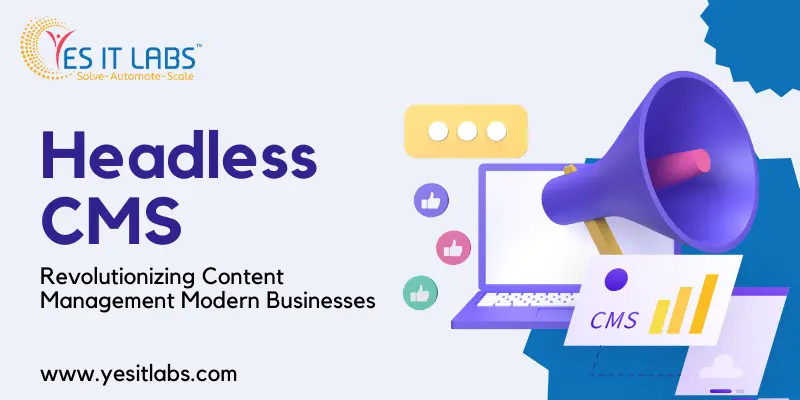

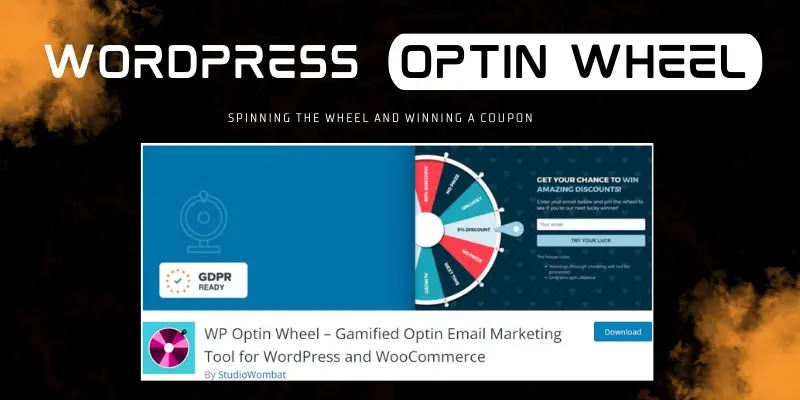
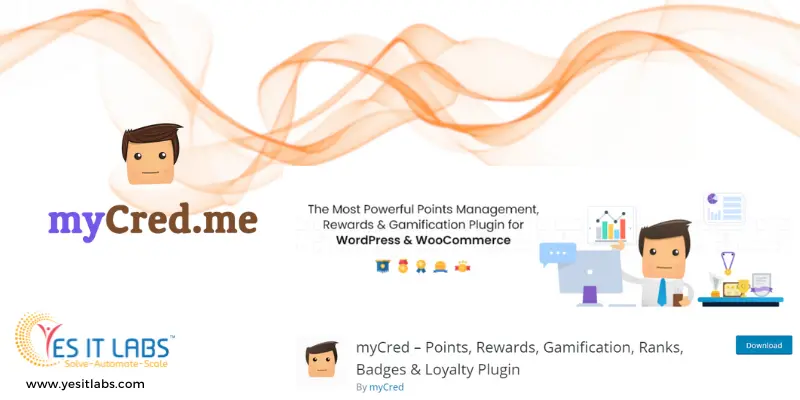

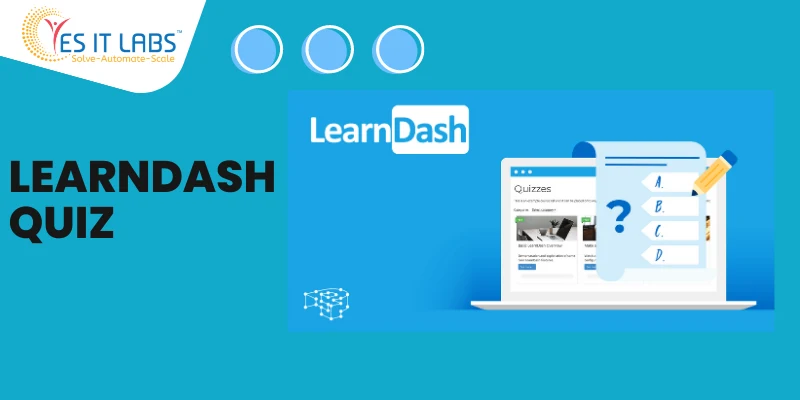
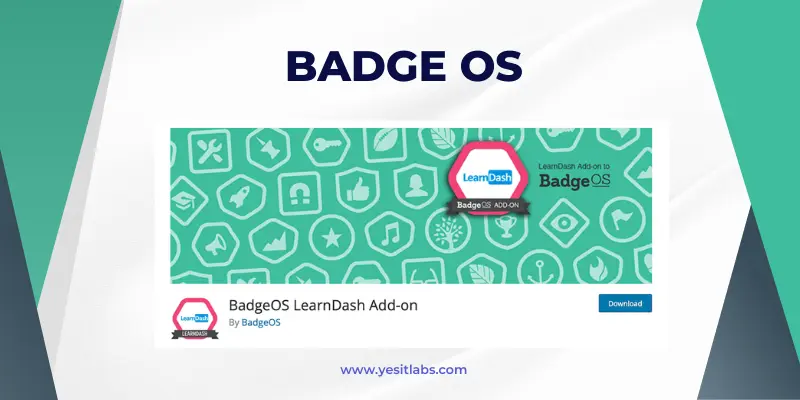
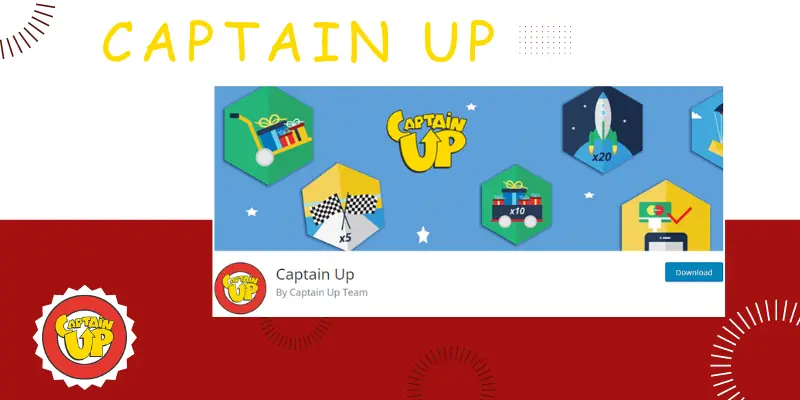

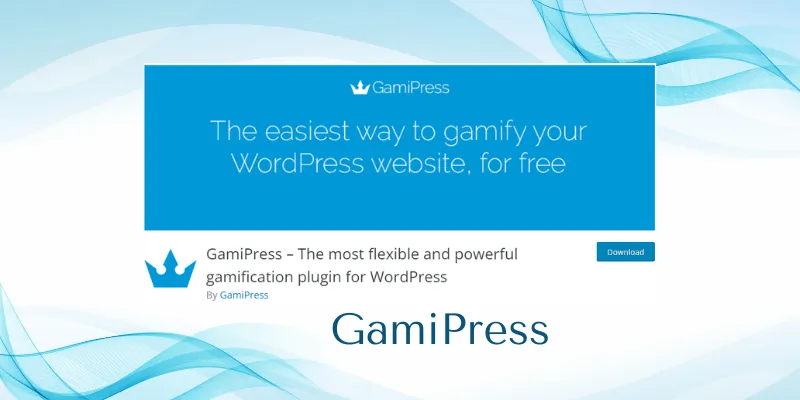

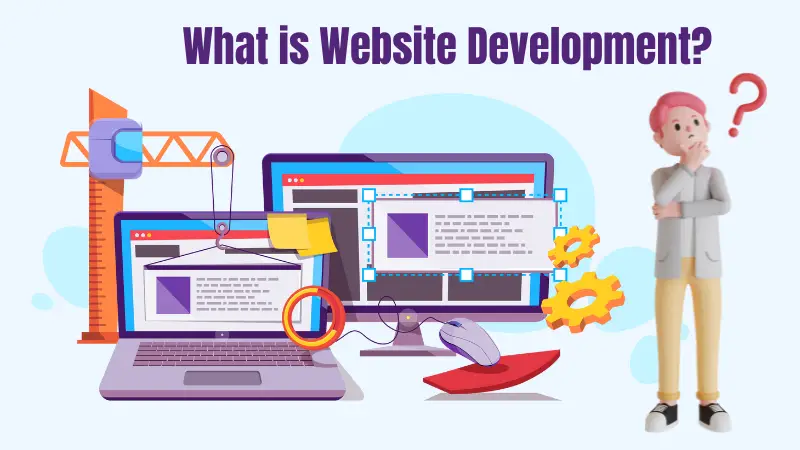
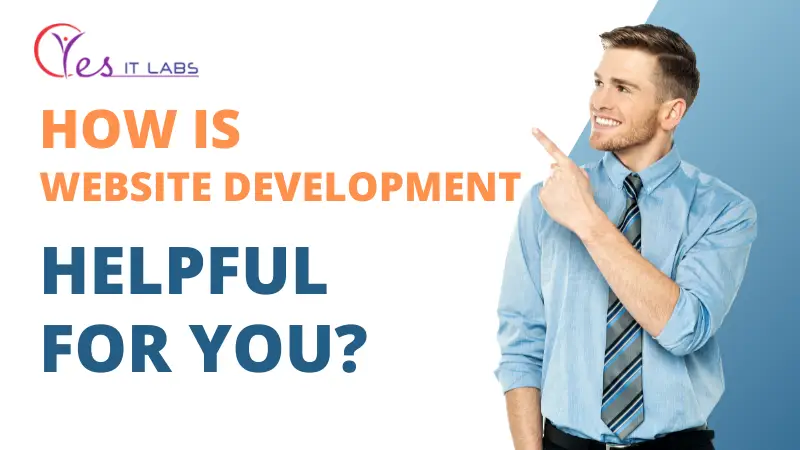






 Services
Services

